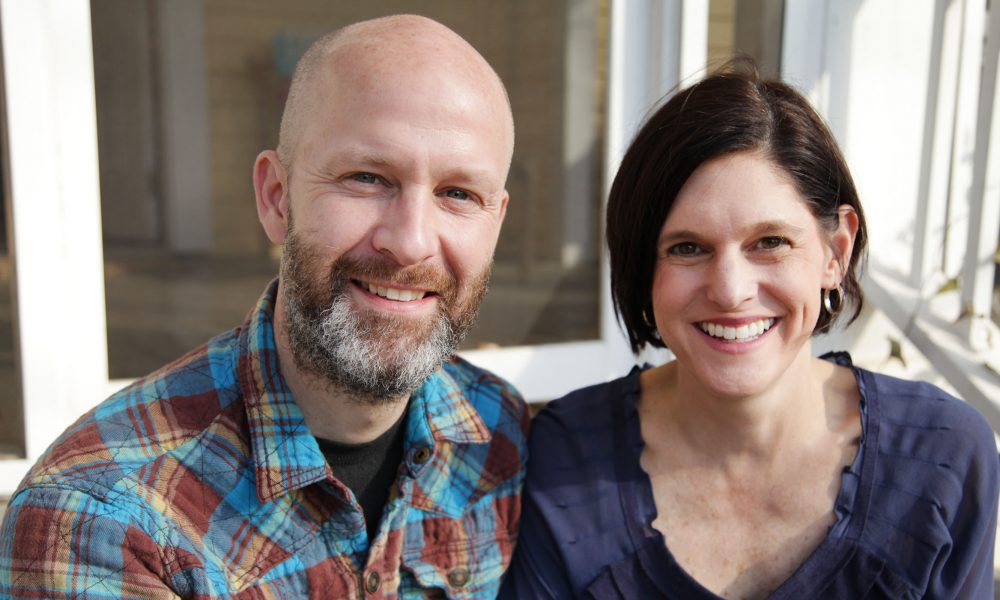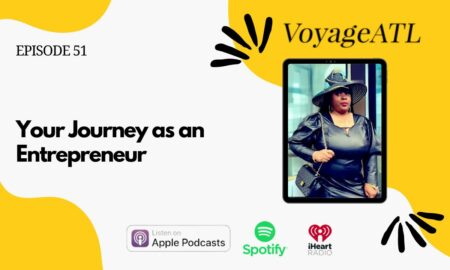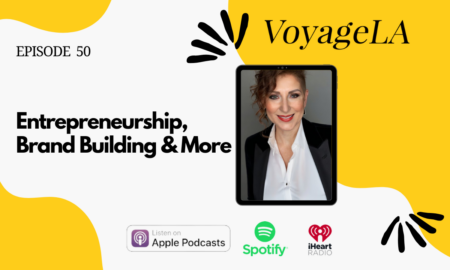

Today we’d like to introduce you to Andrew McBath.
Thanks for sharing your story with us Andrew. So, let’s start at the beginning and we can move on from there.
Some of my most palpable memories growing up in Atlanta involved food. I can remember my grandmother’s apartment kitchen as a gathering place for the family. Everyone wanted to get a peek of what she was cooking, of course, but it was also an excuse to talk, to laugh, and to be physically close to each other. The anticipation and joy of good food and the time together really left an impression on me. I guess that drove me to build a food company so many years later.
Butter, more specifically – cultured butter is an elemental food. It has been around for thousands of years, it can go into, onto, or alongside pretty much anything. Yet for a long time, butter has been neglected in North America and elsewhere. The anticipation and joy of buying and eating butter had gone – cost, speed, and efficiency had taken precedence over taste and craft. We felt like there was an opportunity to recapture the anticipation and joy that comes from eating thoughtful and carefully-created food.
Back in 2012, armed with nothing more than a few 19th-century dairy journals, a small mixer and a passion for this idea, my wife and I took down a space in a commercial kitchen and started Banner Butter. With plenty of encouragement from friends and family, we began selling tiny runs of Banner Butter at a few farmers’ markets around Atlanta.
Great, so let’s dig a little deeper into the story – has it been an easy path overall and if not, what were the challenges you’ve had to overcome?
Umm. No. We knew little about commercial food production and dairy regulations when we started so it was a crash course. The biggest production challenge was creating a new product from something that was considered a relic – that is, fermented, batch-churned butter. Producing a slow-fermented cream and then batch churning to a precise butterfat percentage with a reliable consistency is hard if you don’t know all of the variables. And there wasn’t a cultured butter expert we could call, because pretty much nobody was making it. So…we read lots and lots of old dairy journals and experimented over and over and over. We failed thousands of times on the way to where we are now, but we have learned so much. I expect that as we try new things, we will fail again and again, but we are getting better which I love.
Banner Butter – what should we know? What do you do best? What sets you apart from the competition?
The vast majority of butter sold in America is sweet cream butter. That means that, after the cream is pasteurized, it is immediately churned. That also means that it has very little taste. So, to give it flavor, many butter manufacturers add “natural flavoring” or “lactic acid.” Butter churned from sweet cream lacks the flavors that can only come from a long-ripening process where a special mixture of bacteria is added to the cream and held at precisely the right temperature, for precisely the right amount of time. This good bacteria is one of the things that make our butter taste so good. If you’ve ever eaten butter from small creameries in France, Italy, or Denmark, then you’ve had cultured butter. And if your great grandma made her own butter on the farm, then you’ve eaten cultured butter too. We’re different in several ways:
First, the milk we source comes from Georgia cows, local to us. Second, it’s grass-fed. Our cows are rotationally grazed in green pastures and are not treated with hormones. Third, the butterfat. We make butter that has a higher proportion of butterfat than other butters. Fourth, the method. Before churning, we let the cream ripen for many, many hours. This ripening process allows good bacteria to form. It is this good bacteria that gives butter its complex buttery undertones. Next, after the cream ripens, we slowly churn it in small batches. This process results in a better tasting product because we are able to make small adjustments throughout churning, depending on the season, the consistency, and the taste of the cream. Finally, our butter is hand-cut and lovingly packaged. That’s why no two packages look exactly the same. In the end, it takes us 20 times longer to make our butter than industrial scale butters. We have our “tried and true” flavors that we churn year-round, like Sea-Salt, Unsalted, Roasted Garlic, Basil & Parsley, and Cinnamon, Cardamom, & Ginger. Each season, we also introduce limited-edition flavors, many of which are in partnership with local vendors, like Xocolatl for our Dark Chocolate, American Spirit works for a limited run Whiskey butter and Meat Church out of Texas for our BBQ butter.
Any shoutouts? Who else deserves credit in this story – who has played a meaningful role?
Many of the chefs in Atlanta have been such an incredible resource for us. So many of them took a chance on us when we were so small. Same goes for the Whole Foods South Region team. They really do support small farmers and producers and make a huge difference in developing the local food economy.
We’re also part of the Atlanta Local Food group which includes owners of small food companies here, including Pure Bliss, Garnish & Gather, King of Pops, Honeysuckle Gelato, Doux South, Monday Night Brewing, and American Spirit Works. That group of owners and entrepreneurs has been an amazing source of information and inspiration and key to our success – we’re so happy to know them and their story.
Contact Info:
- Website: bannerbutter.com
- Phone: 4045006738
- Email: info@bannerbutter.com
- Instagram: instagram.com/bannerbutteratl
- Facebook: facebook.com/bannerbutter
- Twitter: twitter.com/bannerbutter







 Image Credit:
Image Credit:
Photo 1,2,3,6,7 Erik Meadows
Suggest a story: VoyageATL is built on recommendations from the community; it’s how we uncover hidden gems, so if you or someone you know deserves recognition please let us know here.



















